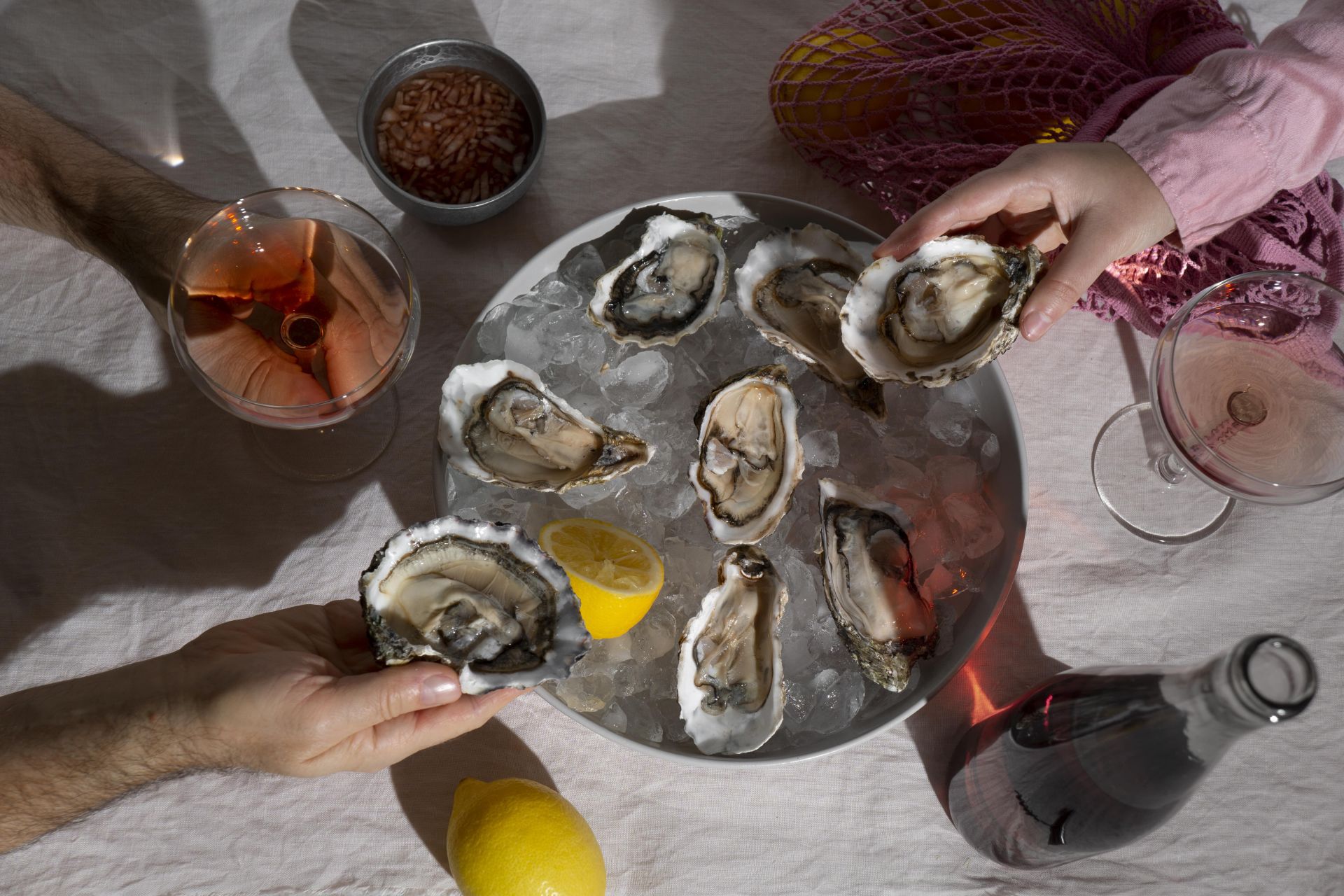A serious health alert is surfacing in Louisiana: two deaths have been confirmed due to a flesh-eating bacterial infection—Vibrio vulnificus—linked to consuming raw oysters. The state’s health department recently shared that in addition to these fatalities, 22 people have contracted infections severe enough to require hospitalization. Unfortunately, four of those cases resulted in death—including two tied to the oysters, and two involving individuals exposed via open wounds in seawater.
What Is Vibrio vulnificus?
Why Now? The Rising Risk

What Readers Should Know
What Should You Do if You Bought These Tomatoes?
The Bigger Picture
Latest from our blog
Contact Us
admin@thefoodcourtdsg.com
-
Get in Touch
-
5065 Deer Valley Rd, Ste 114 Antioch, California 94531
-
(925) 237-9095
admin@thefoodcourtdsg.com
-
Quick links
-
Home
-
About Us
-
Affiliate Program
-
Blog
-
Podcast
-
Top Courses
-
Elevating Food Safety Standards Globally

